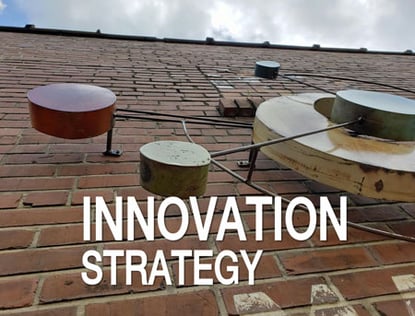 Here’s a potentially unusual theme for a 2009 half-time innovation pep talk: Let’s go out, boldly innovate, and not talk so much about it!
Here’s a potentially unusual theme for a 2009 half-time innovation pep talk: Let’s go out, boldly innovate, and not talk so much about it!
Let me explain the
strategy. Many
business innovators I've talked with in the past year have recounted their frustration with the
negative economic situation,
resulting short term management perspectives, and dwindling resources across the board.
So what is an innovator to do in the second half of the year?
You can close up shop and wait for better times. Alternatively, you can redouble your business case building efforts and take a run at getting some semblance of the funding you used to secure for formal innovation efforts. Or, you could go underground and create a more modest innovation approach.
Why go underground?
Going low-key can provide several advantages:
- It potentially lowers expectations and increases maneuverability. You’re asking for less, so there’s potentially less scrutiny. That can mean more freedom to experiment, make mistakes, learn, and still drive results.
- The parties who decide to participate are likely to be more committed and motivated. There’s a certain amount of risk in joining forces with an underground effort. People won't typically get in half-way.
- It forces more ingenuity – you’re going to be cut-off from some potentially fundamental resources. But at least you can understand limitations upfront and spell out a plan for what you won’t have. It may force you to innovate in new areas you wouldn’t have considered before.
- You may be able to focus more on creating deliverables than having to justify each step in the innovation process. For a challenged management team centered on near-term results, being able to provide a view of an innovation nearer to its potential implementation can be beneficial.
- You can get an advantage relative to competitors who may be taking a more traditional route to innovation or completely eliminating innovation programs.
An underground innovation strategy won't work in every business or for every type of innovation program. But if what you've been doing is stalled, it's a valid approach to try to keep innovation efforts moving forward in the second half of 2009.
Thanks to The Board of Innovation for the opportunity to participate in the 24 Hours of Innovation!



